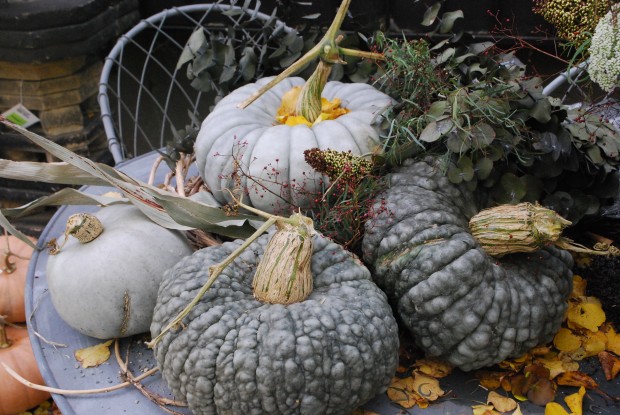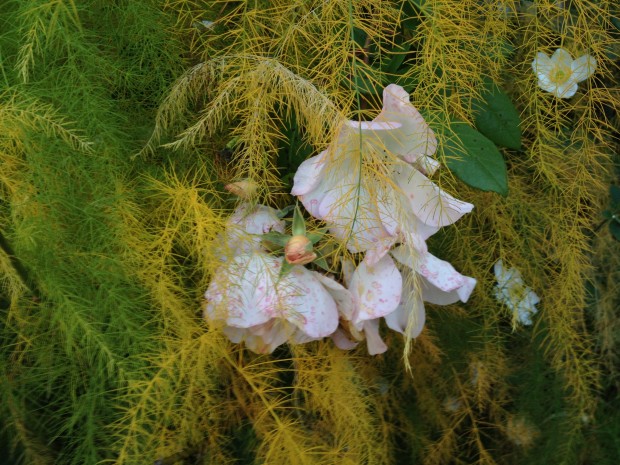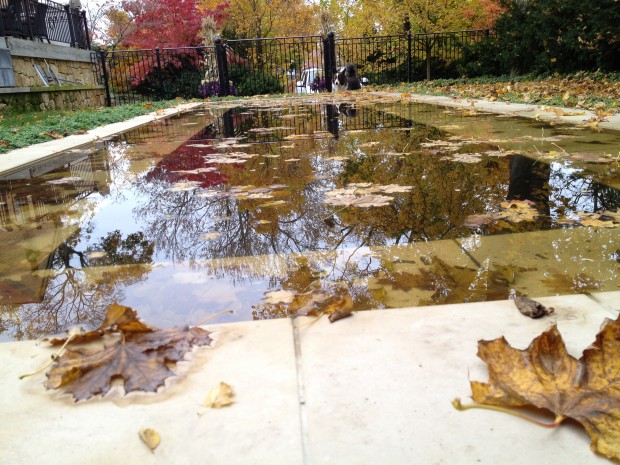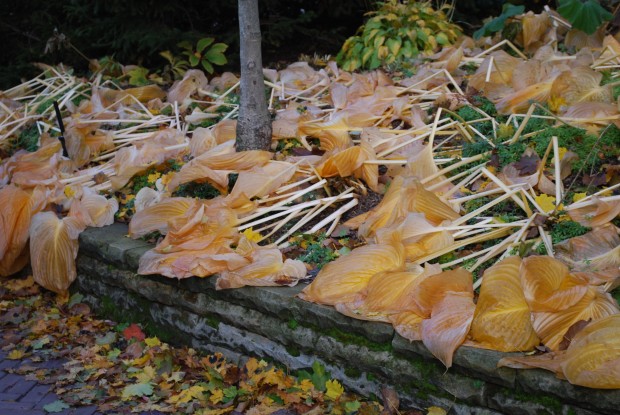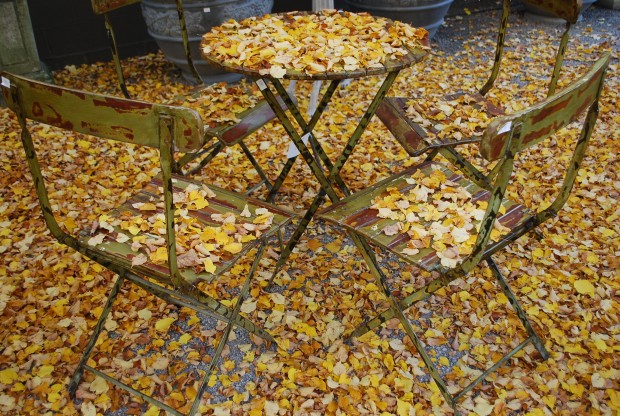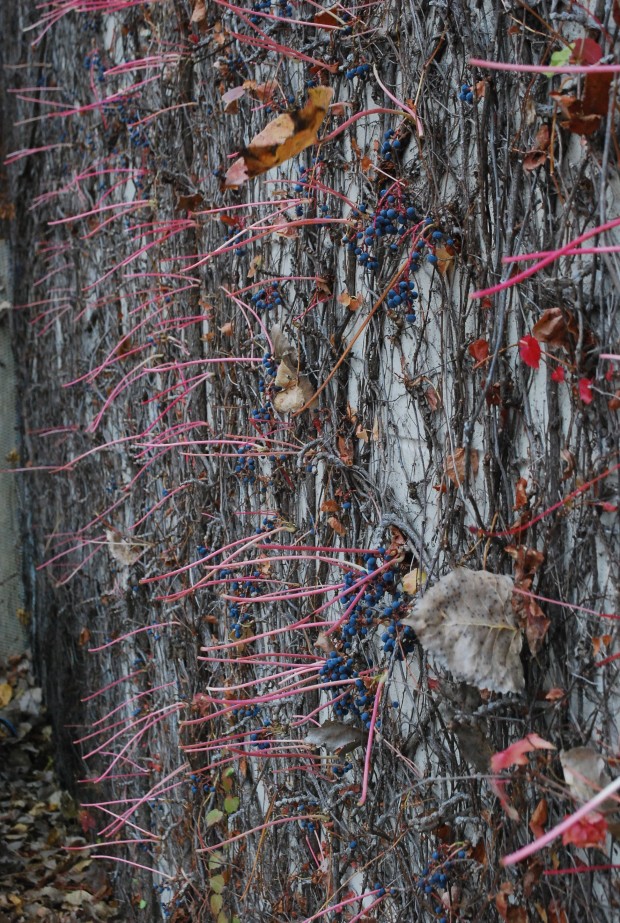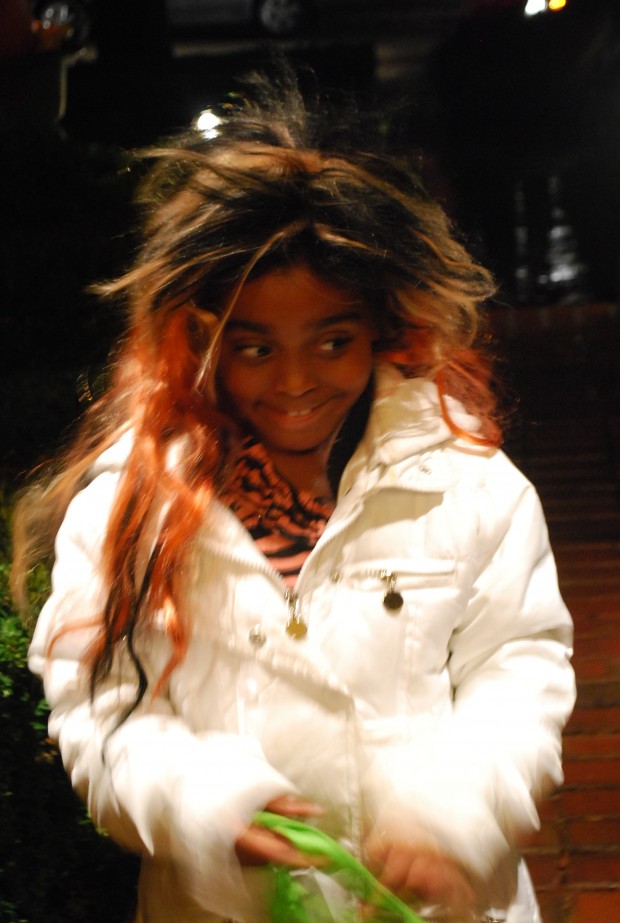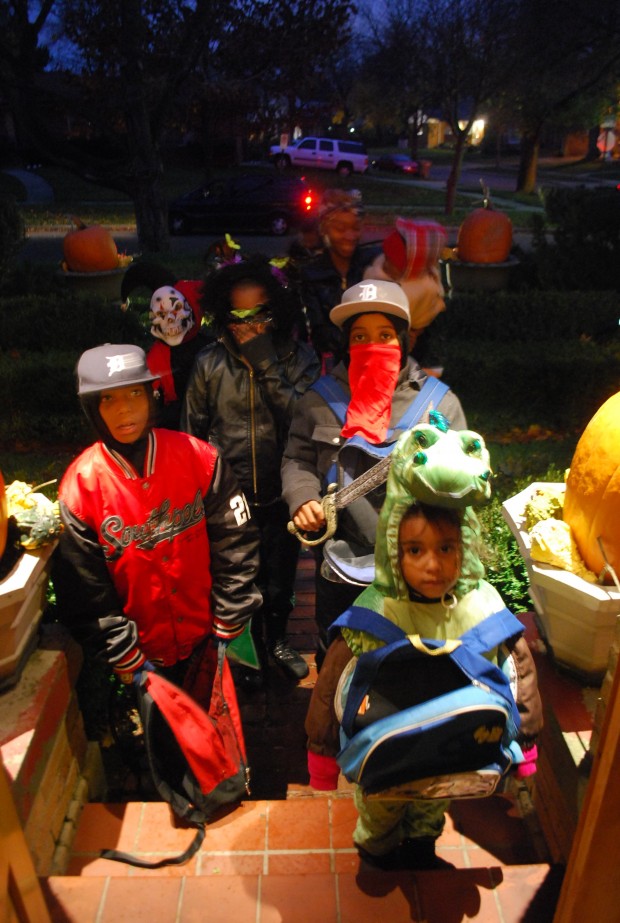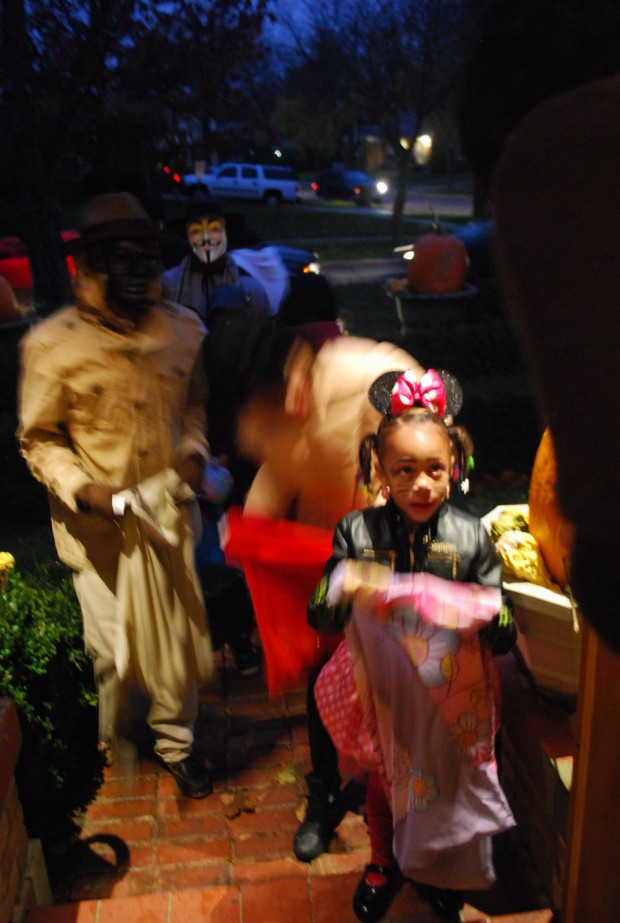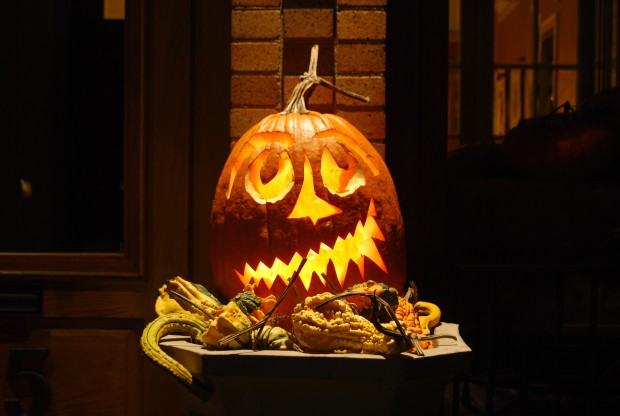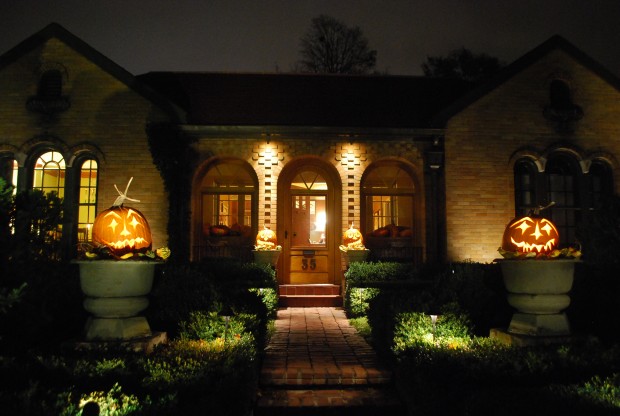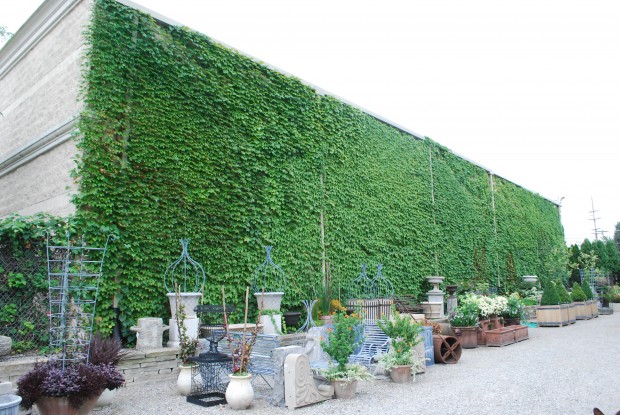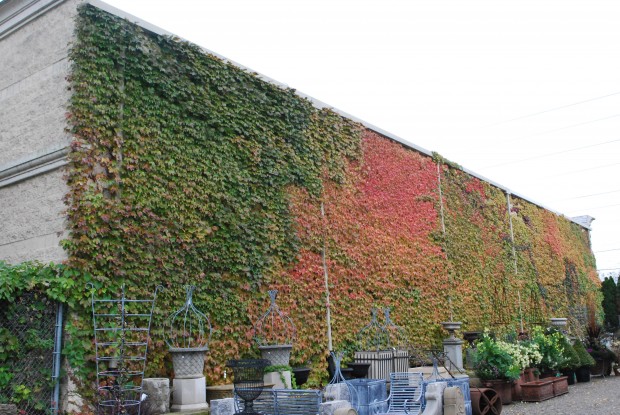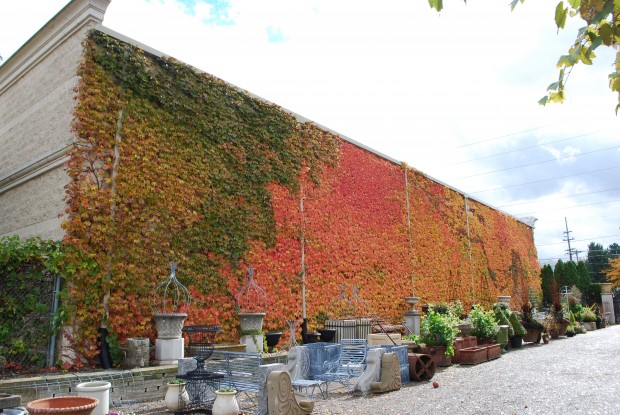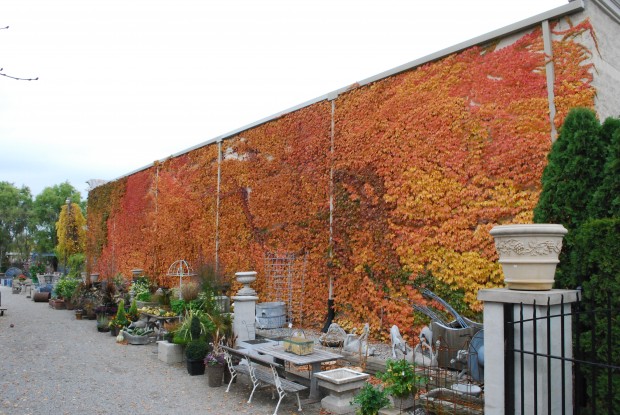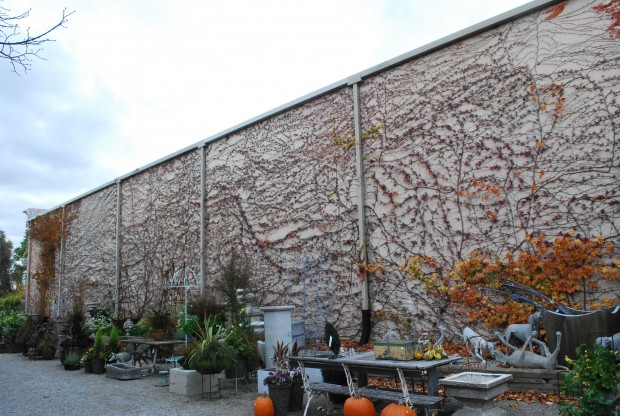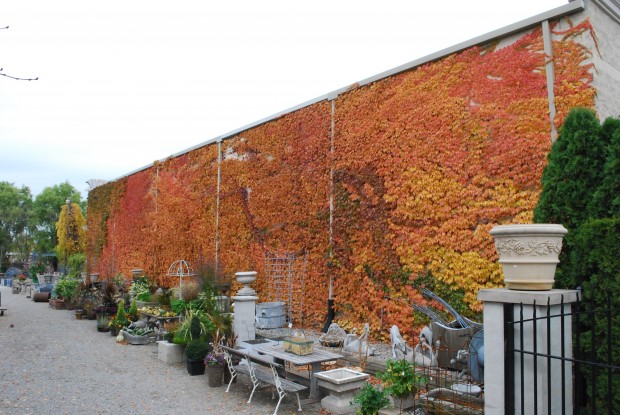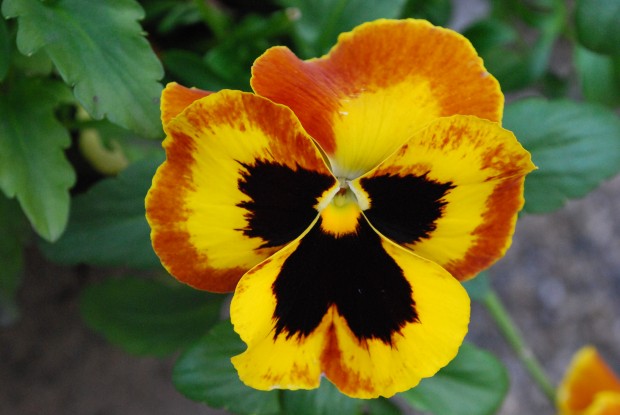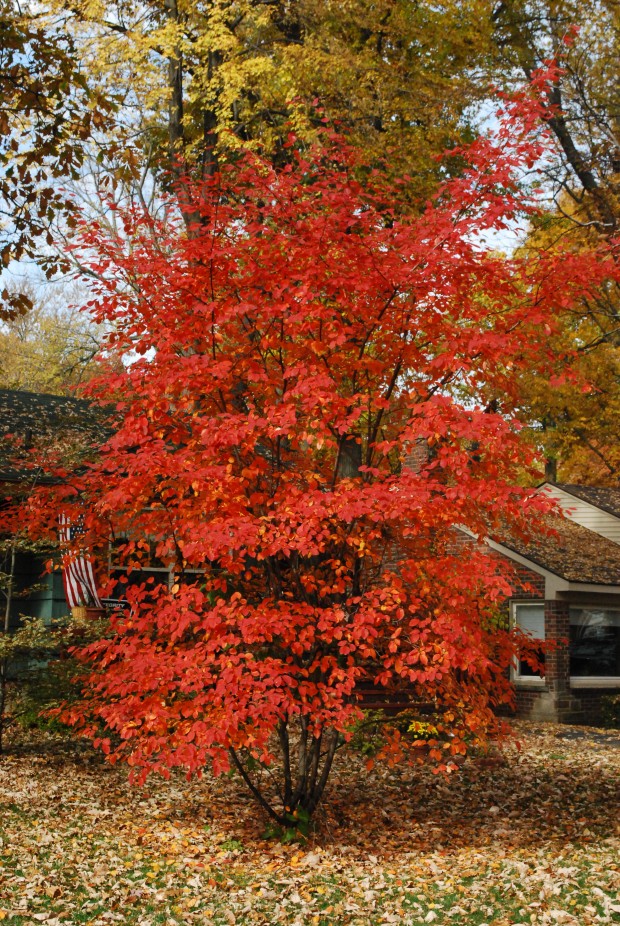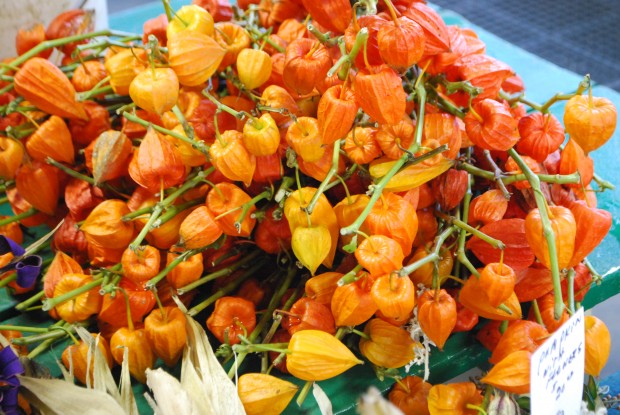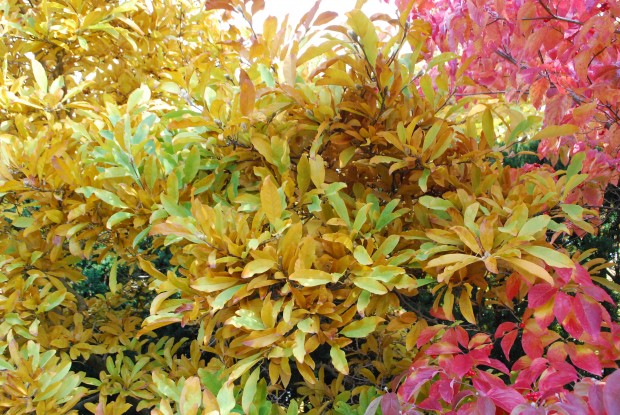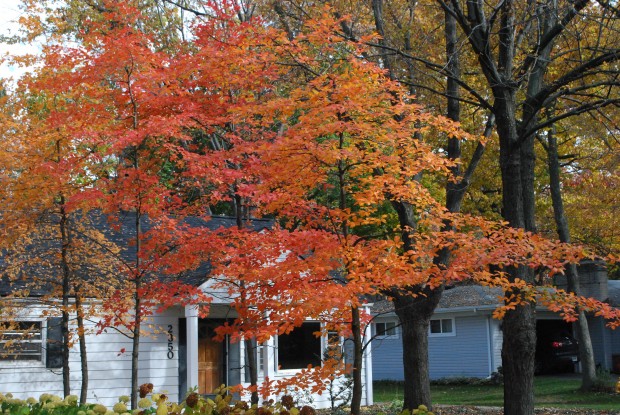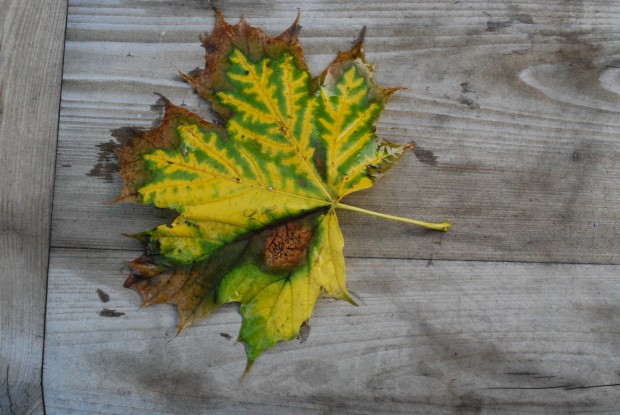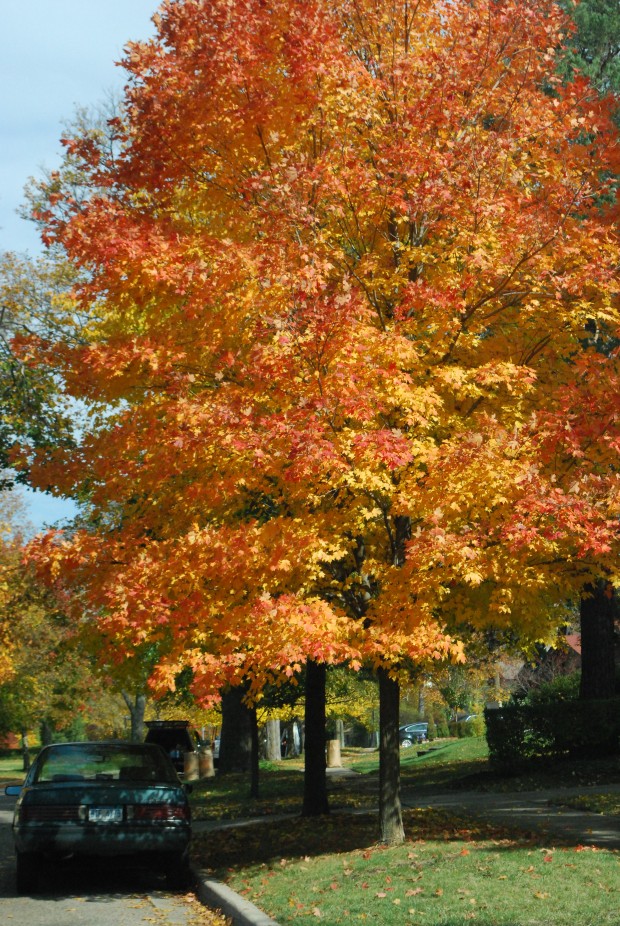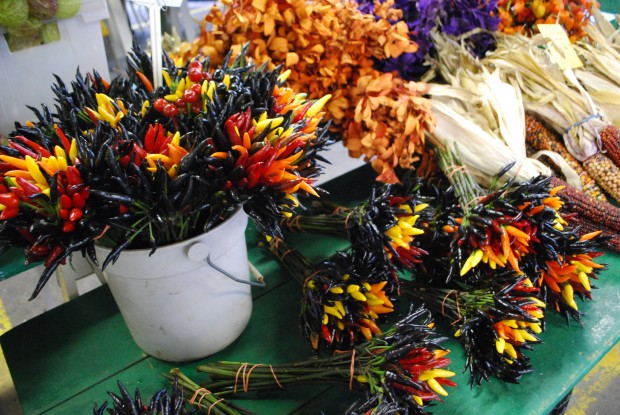The fire that was our fall has burnt itself out, but for a few embers here and there. Those embers are largely the heat that is generated by passionate gardeners. The plans to plant bulbs. How to store the cannas. What they feel they must try-next season. A new house requiring some semblance of a landscape before the snow flies. But the fact remains that the leaves from our shop wall of boston ivy fell in unison overnight, making a crispy heap all along the base of the wall. The skies have been rainy and gray all day-the wind brisk and cold. The color in the garden this late-muted, and dry.
My small rose garden is but a shadow of its summer self. The last few flowers on the Sally Holmes roses are droopy, the petals punctuated by rose pink markings from the cold rain. The asparagus, weighted down by the cold rain, is grudgingly turning yellow. Along with my Parrotias, it is the last plant in garden to succumb to the fall, and turn color. Once the asparagus turns, I know the gray days are soon to come.
Buck shut the fountain down a week ago. Dry maple leaves floated on the still surface. Many more maple leaves have sunk to the bottom, turning the water brown. The decomposing leaves stain the stone. He drained the pool yesterday. I am in no hurry to go see it-empty. Closing the fountain is every bit as emotional day as that day when we open it in the spring. The opening and closing-part and parcel of gardening in a zone that has four seasons.
What plant could possibly be more dramatic about about the close of the gardening season than the hostas? Once the cold infiltrates their stems and leaves, they collapse in a mushy heap on the ground. Flattened-that is exactly how the late fall makes me feel. It’s too late to garden, beyond the planting of the fall bulbs. It’s too early for winter. It’s too early for a down coat, but its too late for a sweater. It is way too early to wring my hands, and wish the season had been better. It is too late to plant a few more anemones. 
We did redo a landscape on a small property last week; this renovation included a sizeable perennial garden. If I plant perennials this late in the fall, I am sure to tromp down the rootballs firmly. No rooting will take place now, and the frost coming out of the ground in the spring will want to heave those rootballs out of the ground. We stamp every plant down firmly. At the end of winter, when the frost starts coming out of the ground, we will check to be sure no plants have heaved up.
Though we are still actively involved in the installation of landscapes, several of which are for newly constructed homes, the close of the gardening season is tough to take. Amazingly, we have not had a hard frost yet. Down the street from me, a marigold border is flat out gorgeous. Maybe it’s just my gray-colored glasses, but most of the landscape looks like it is grieving.
Astonishing how the leaves of the Boston ivy fall all at once, leaving their stalwart pink stems still attached. These rosy stems defying gravity made me smile- in spite of that cloud of gloom following me around.
The coming of the dark-I do not welcome it. But there will be moments, experiences to come that I will enjoy. The winter season in Michigan-who knows what nature has in store for this year. Putting the shovel and the pruners away means there will be time for the holidays, the winter containers, the books – and the planning for the new season to come. This was a very hard season-I am not so sorry to see it gone. The April frosts that killed every flower on my magnolias, and the extreme heat and drought that challenged all of my summer gardening efforts-I am relieved to see that come to a close. In spite of this griping about my summer season, I am sorry to see it gone.
